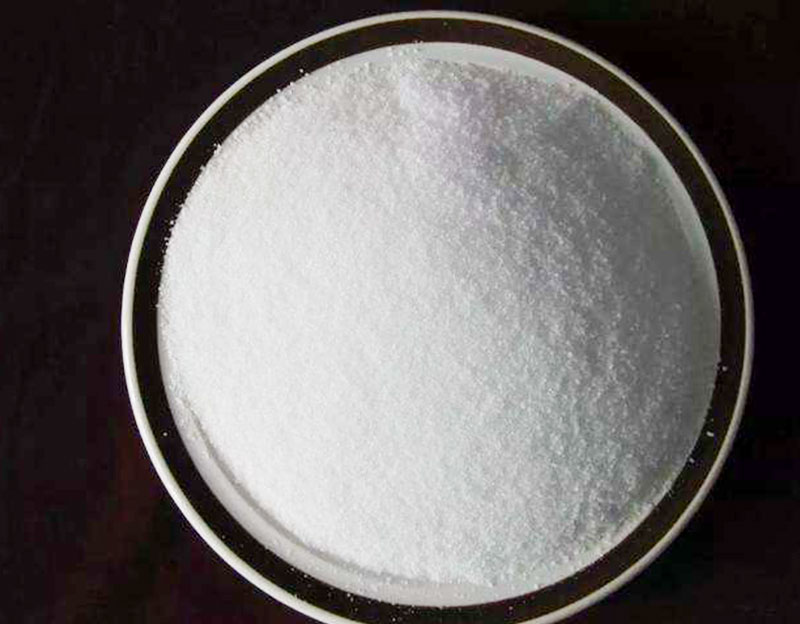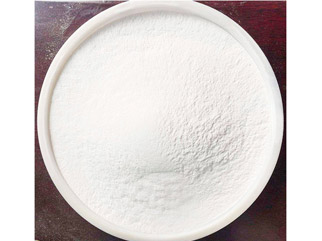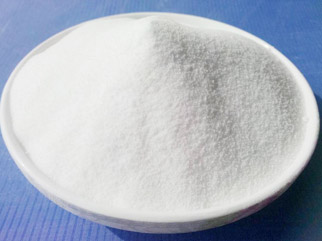
Parylene is a vapor-deposited polymer material introduced by Union Carbide Co. in the United States in the 1960s. It is prepared by a unique vacuum vapor deposition process and can be applied to various shapes of surfaces. It is known as “non-porous” and is called the world's top special protective coating for moisture, mildew, corrosion and salt spray. Parylene can be divided into N type, C type, D type, F type, HT type and so on. What is the difference between these types? As a Parylene Powder Supplier, let us introduce it to you.
Performance and use
Parylene N is a good dielectric material with very low dielectric loss, high dielectric strength, and dielectric constant that does not vary with frequency. It is the most penetrating of all Parylenes and has good self-lubricity with a coefficient of friction of 0.25. It meets the requirements of ISO-10993 biological test and meets the biological test requirements of UDP Class VI plastics.
Parylene C is the second commercially valuable member of the series. It combines good electrical and physical properties and has low permeability to moisture and other corrosive gases. It can provide true pinhole-free isolation and meet the US military standard MIL-46058C, which is the material of choice for coating important circuit boards. It meets the requirements of ISO-10993 biological test and meets the biological test requirements of UDP Class VI plastics.
Parylene D, similar in nature to Parylene C, but with higher heat resistance. It still has excellent dielectric properties and physical and mechanical properties at higher temperatures.
Parylene F, its film has high dielectric strength and low dielectric constant and has good thermal stability and UV resistance. The film itself is continuous, dense, and pinhole-free, and can be used as a protective film for various complex shaped electronic devices.
Parylene HT, this material has a lower dielectric constant, good stability and water, mildew, salt spray resistance. Short-term temperature resistance up to 450 ° C, long-term temperature resistance up to 350 ° C, and has a strong UV resistance. More suitable as a protective material for high-frequency microwave devices. It meets the requirements of ISO-10993 biological test and meets the biological test requirements of UDP Class VI plastics.
In addition to the above excellent protection, Parylene coating also has good biocompatibility, bio-stability, excellent self-lubricity, uniform controllability of coating, and good physical and mechanical properties. Over the years, it has been widely used in aerospace, microelectronics, semiconductors, sensors, magnetic materials, medical equipment, cultural relics protection, etc., and has slowly penetrated into people's daily lives.
 Previous:
Happy Dragon Boat Festival!
Previous:
Happy Dragon Boat Festival!

